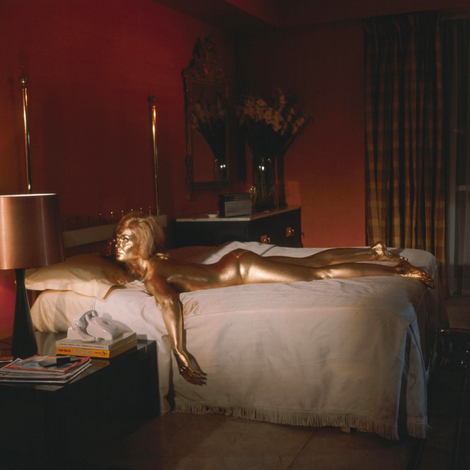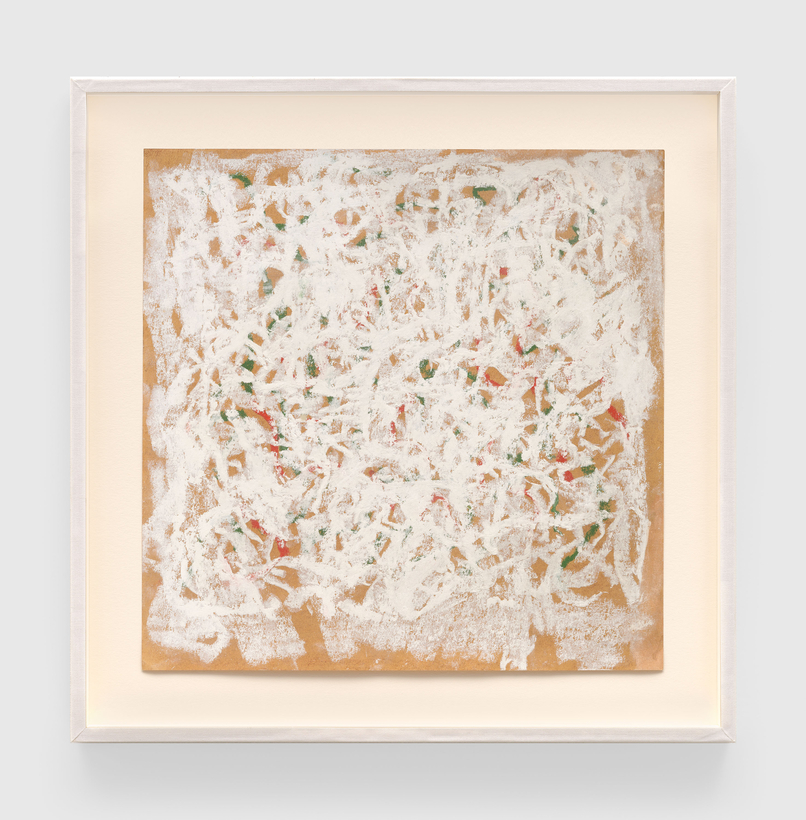One sunny morning in 2009, with a group of friends, I took the train from Grand Central Terminal to Beacon, New York. I was 20, and despite being an obsessive creative I had never had a genuinely transcendent experience in a museum. Whether it was the mobs of tourists, sub-optimal lighting, or distracting placards, attending exhibitions in the city was for me a passive act of looking at art, not one of actually seeing it.
When I entered Dia Beacon that day, I found myself in vast, peaceful rooms, flooded with natural light and sans placards. I was consumed by the Agnes Martin paintings, moved by the Dan Flavin installations, in awe of the Richard Serra sculptures. In the Robert Ryman gallery—revelation.

Ryman was born in 1930 in Nashville, Tennessee, and his early artistic calling was jazz. After studying the saxophone, he enlisted for military service during the Korean War and was assigned to a U.S. Army Reserve band.
At 23, he moved to New York City to become a professional musician. To keep the lights on, he took a day job as a security guard at MoMA—Dan Flavin was a fellow guard—and this gave him time to study the Abstract Expressionist works on the walls. Despite having no art training, Ryman was inspired to take up painting himself. “It was ’54 or ’55,” he said, “when I really completely dropped the music and said, ‘Well, okay this is it; it’s painting.’”
Ryman’s first solo exhibition came in 1967, at the Paul Bianchini Gallery in Manhattan. Despite being labeled a minimalist, Ryman saw himself as more of a realist—the materials he used were in and of themselves the intended image, with no illusion or pretense. “I do something with the paint, but I’m not painting a picture of anything,” he said. “There is never a question of what to paint, but only how to paint.” With a career-long focus on the color white, his paintings are intrinsically in dialogue with the space they inhabit and the exact moment in time that they’re being viewed.

When the Guggenheim held a Ryman show in 1972, it was a watershed experience for young Robert Storr, who would become a senior curator at MoMA (1990 to 2002), where he would frequently feature Ryman. As Storr wrote in an essay for the 2017 book Robert Ryman, “It was the first time I had ever encountered a kind of art for which I had no words, no precedents—and no need to explain to myself what I was seeing in order to fully experience it.”
Ryman died in 2019, at 88, and the retrospectives continue to come. Last year, the artist’s work was the subject of “The Act of Looking,” at the Musée de l’Orangerie, in Paris. And next Wednesday, David Zwirner, Hong Kong, opens the first solo presentation of his work in Greater China.

When you’re in the presence of Ryman’s art, remember that he was a musician. Akin to what the avant-garde composer John Cage achieved with his seminal “silent” composition 4′33″, Ryman’s beautiful paintings—by being about nothing more than what is physically in front of the viewer—can end up yielding something like Nirvana. “An experience of … enlightenment” is how Ryman himself articulated the goal of his work. “An experience of delight, and well being, and rightness.” I unforgettably had that exact experience at Dia Beacon all those years ago.
Robert Ryman’s works will be on view at David Zwirner’s Hong Kong gallery from May 28 to August 1
Spike Carter is a writer and filmmaker


